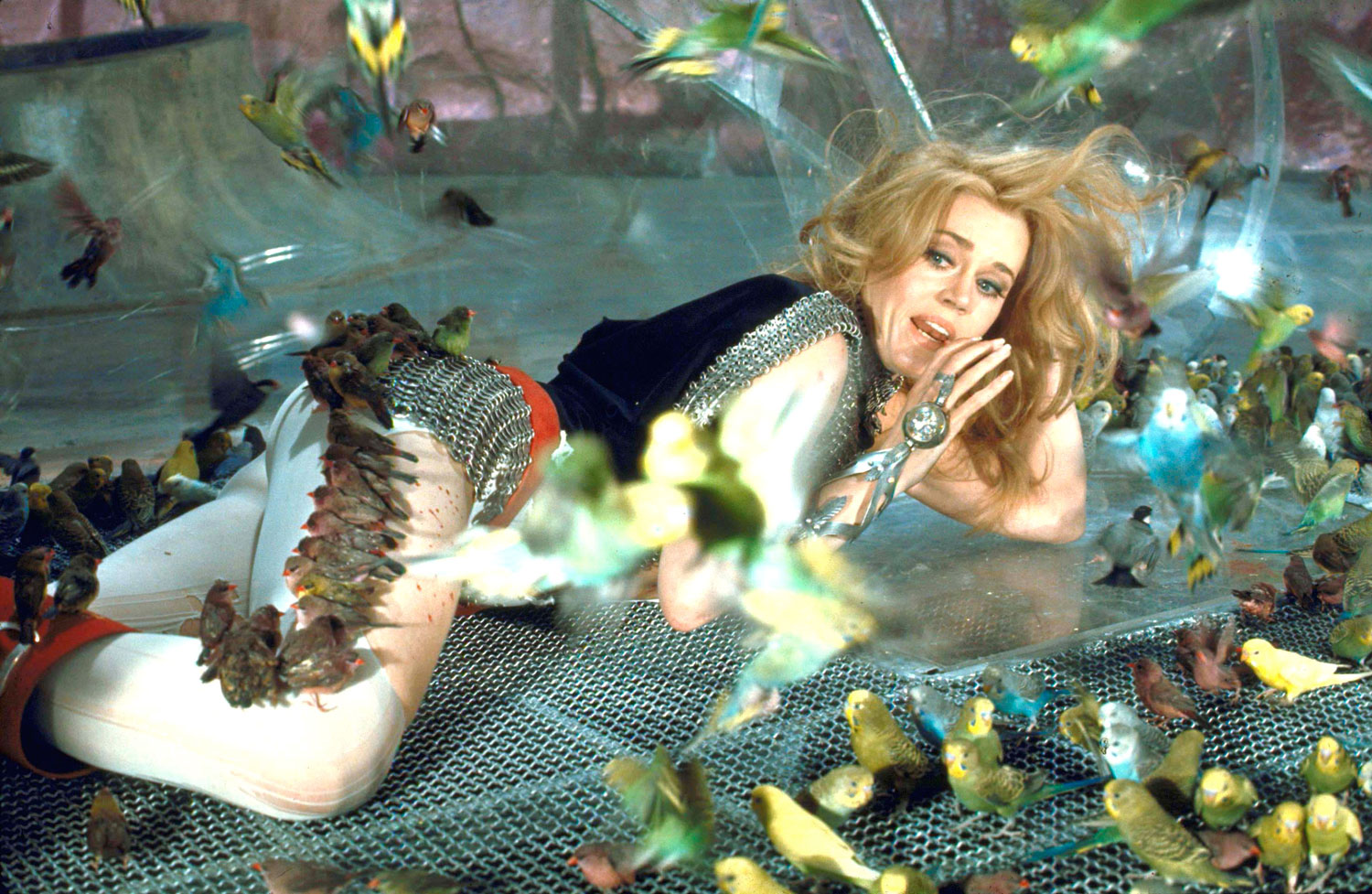
The list of movies that were dismissed by critics — or that simply bombed at the box office — when first released, only to enjoy a renaissance and renewed appreciation after years of neglect, is as long as it is distinguished. The Wizard of Oz, Blade Runner and It’s a Wonderful Life are just a few of the now-celebrated films that looked, on their first go ’round, like they were doomed to eternal obscurity.
And then there are movies like Barbarella. While the 1968 psychedelic-sci-fi-meets-soft-porn marvel doesn’t quite warrant the accolades accorded to genuine classics, it still has aged rather well for such a bizarre creation. No one in his or her right mind would ever call it great; but 45 years after it was unleashed on a head-scratching public, Barbarella feels like a movie that, if released today, might well garner raves for its garish retro stylings, or its warm evocation of late Sixties camp. Or something.
Love it or like it — very few people would admit actively hating it — Barbarella will probably last forever as a pop-culture curiosity not because it’s a misunderstood auteur gem, or because it was ahead of its time, but for one reason and one reason only: Jane Fonda. Playing a 41st-century “astronautical aviatrix” and “Queen of the Galaxy,” the 30-year-old Fonda gives a playful, sexy and self-possessed performance in the movie — in short, she appears to be having fun in the singularly absurd role, with its even more absurd outfits and preposterous plot twists. (In the future, it seems, clothing will be revealing, uncomfortable and, more often than not, made of hard plastic, while mad villains will occasionally attempt to vanquish their enemies via mechanically induced and literally heart-stopping orgasms.)
Here, LIFE.com presents a series of pictures — many of which were not published in LIFE — made on the set of Barbarella by Carlo Bavagnoli. Here is Henry Fonda’s precocious daughter, all grown up, married to Barbarella‘s director, Roger Vadim, and photographed at a pivotal point in her already remarkable career.
By 1968, after all, she had starred in well-received comedies like Cat Ballou (in the title role) and Barefoot in the Park, with Robert Redford. Within a few short years she would be winning major screen honors — for example, the New York Film Critics Circle Award for They Shoot Horses Don’t They (1969) and for Klute (1971). For the latter, of course, she would also earn the first of her two Best Actress Oscars.
After Barbarella, Fonda would become a political lightning rod for her anti-Vietnam activism; she would earn the enduring enmity of countless veterans with a hugely controversial trip to Vietnam in 1972 that earned her the nickname (or badge of dishonor, depending on one’s perspective), “Hanoi Jane”; she would marry the prominent Sixties political activist Tom Hayden and, years later, “Captain Outrageous” himself, Ted Turner; she would, late in life, become a Christian; she would remain, always, a vocal advocate for progressive causes.
She would, in short, lead (and she continues to lead) an absolutely amazing American life.
Barbarella, meanwhile, continues to lead its own only slightly less amazing life, as a cult classic and a prime example of a genre that, alas, has seen far too few entries of late: namely, futuristic goofball erotica. It might not have won its young star any awards, but all these years later, people still watch it, and many of those fans genuinely, without a trace of irony, enjoy it. And there’s nothing wrong with that.
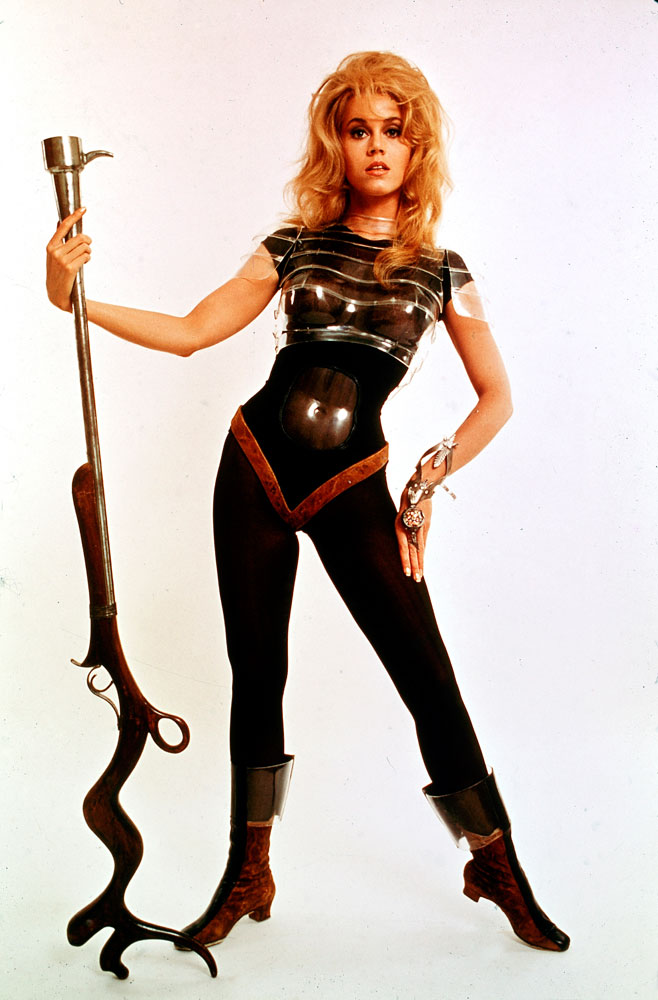
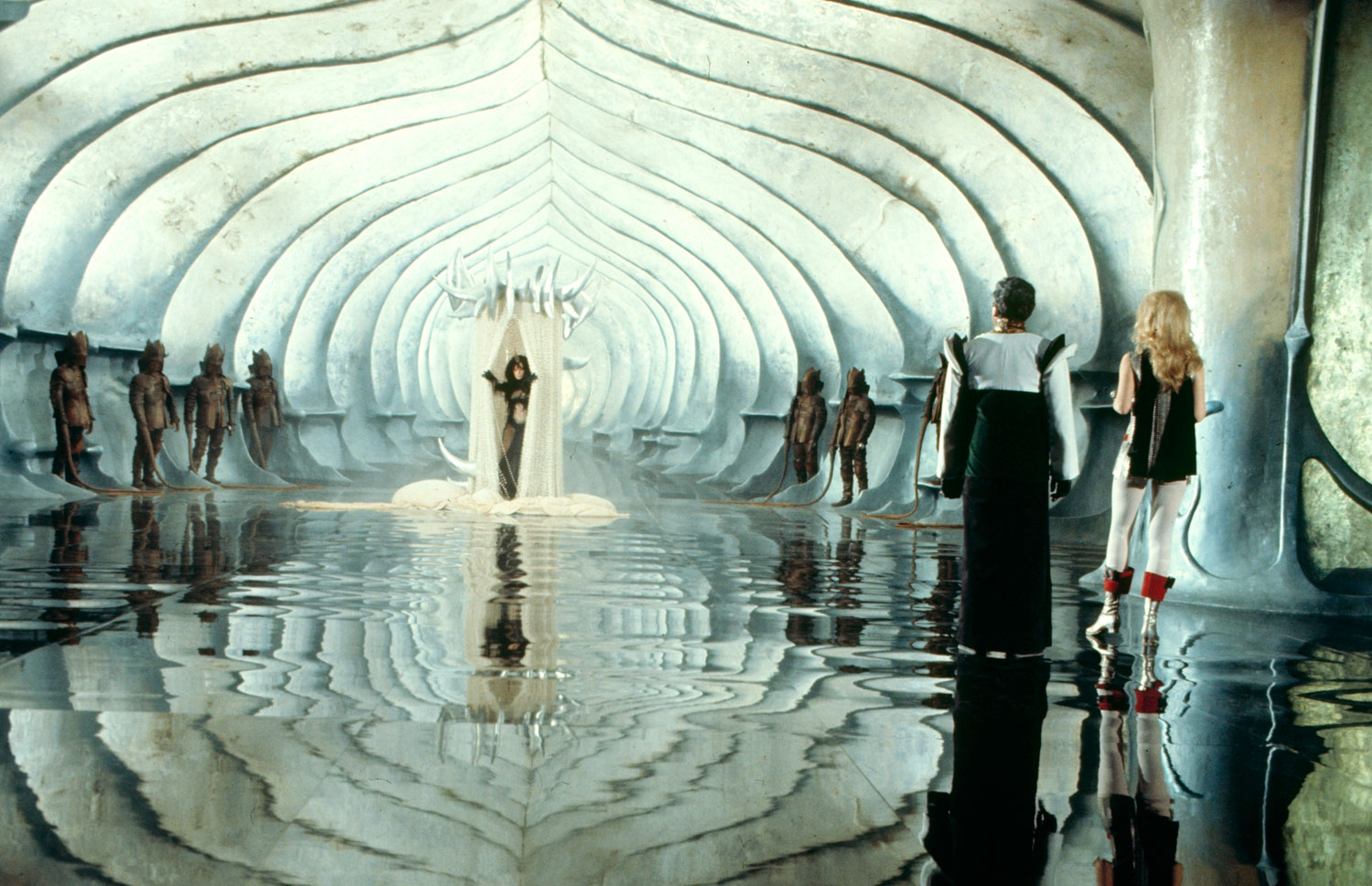
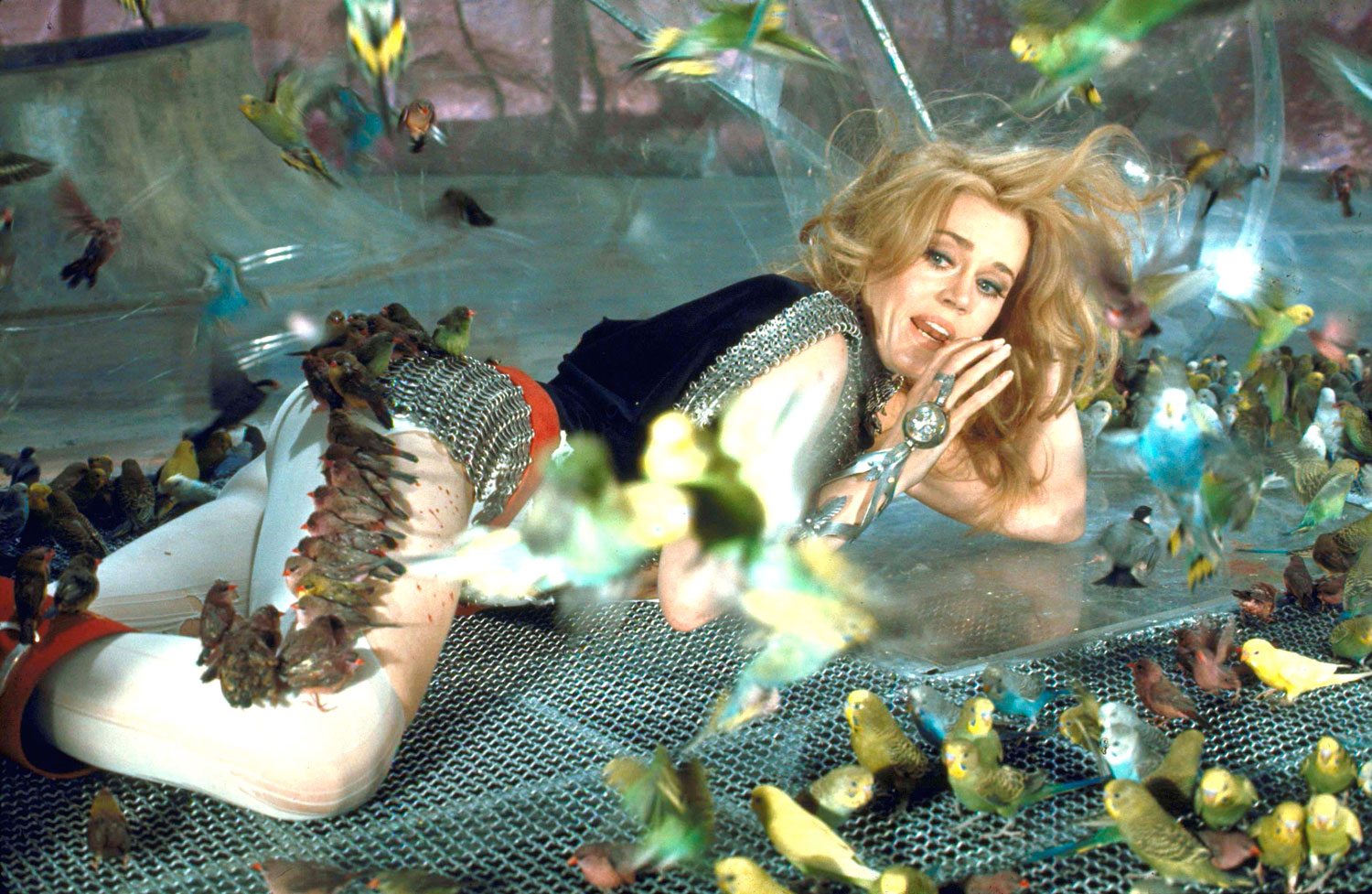
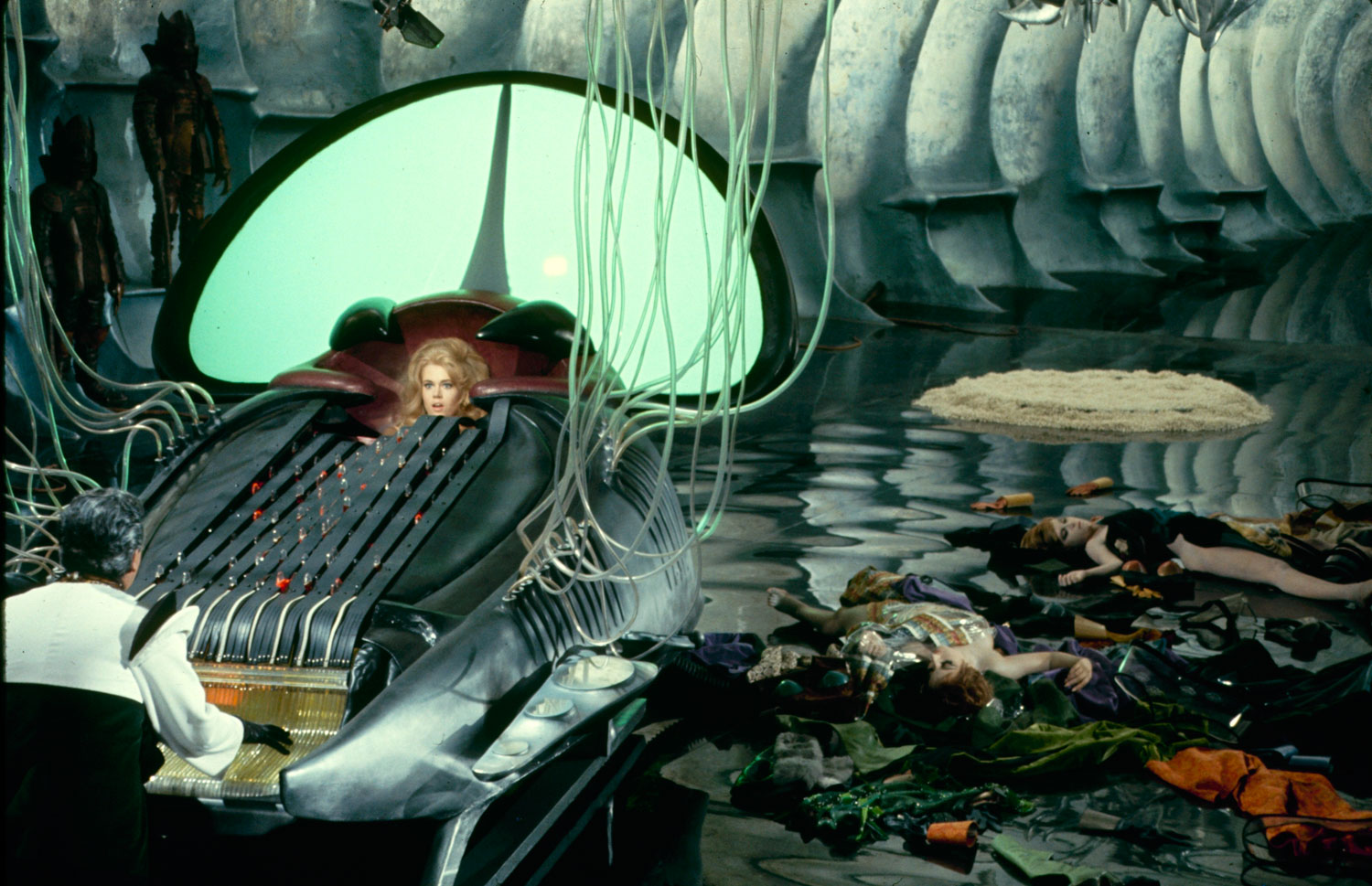

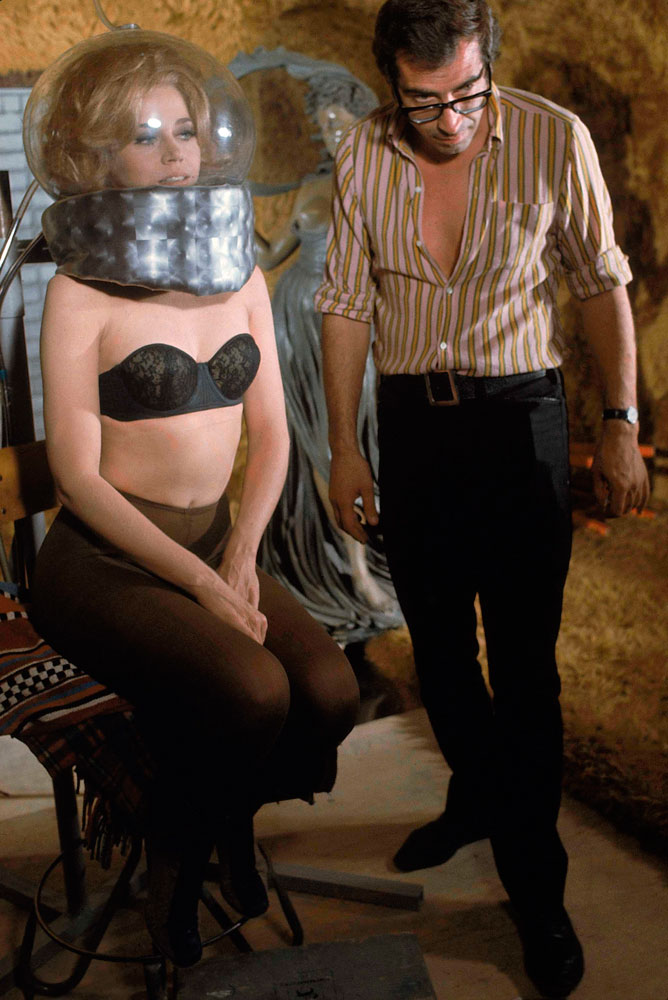
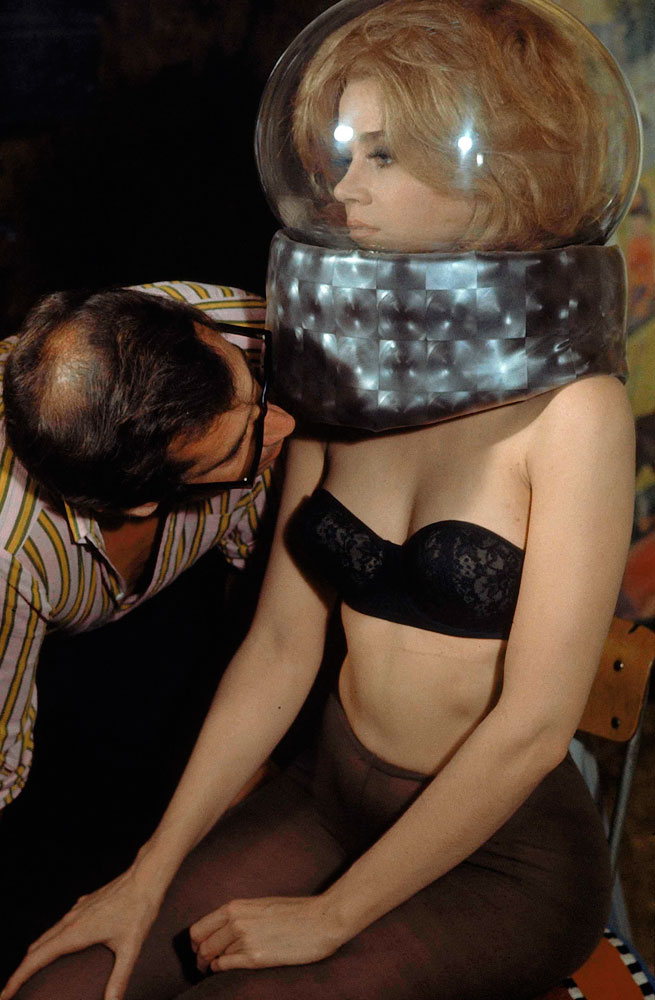

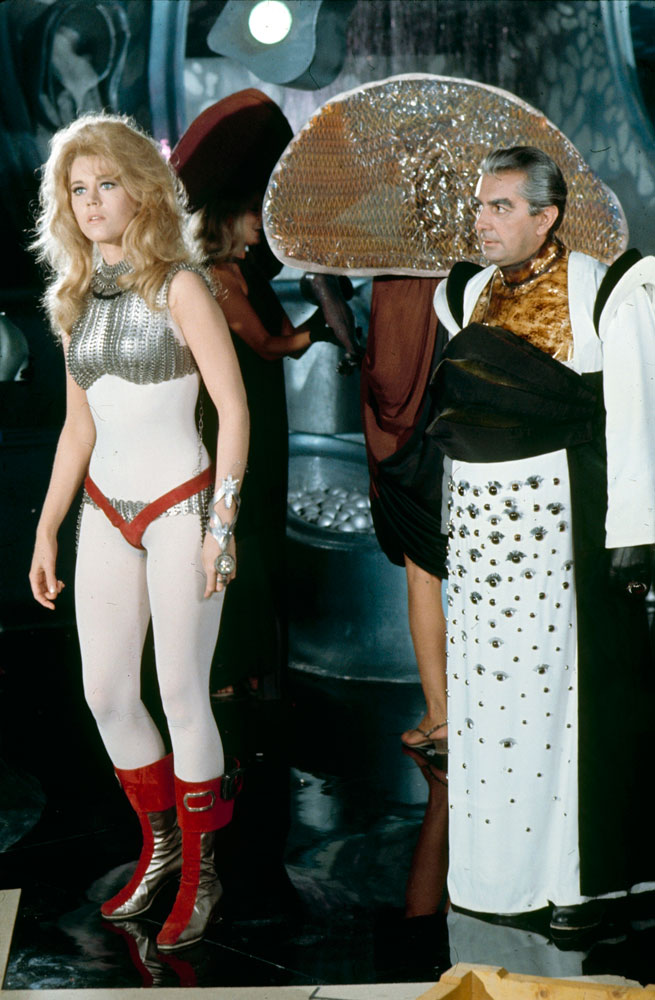
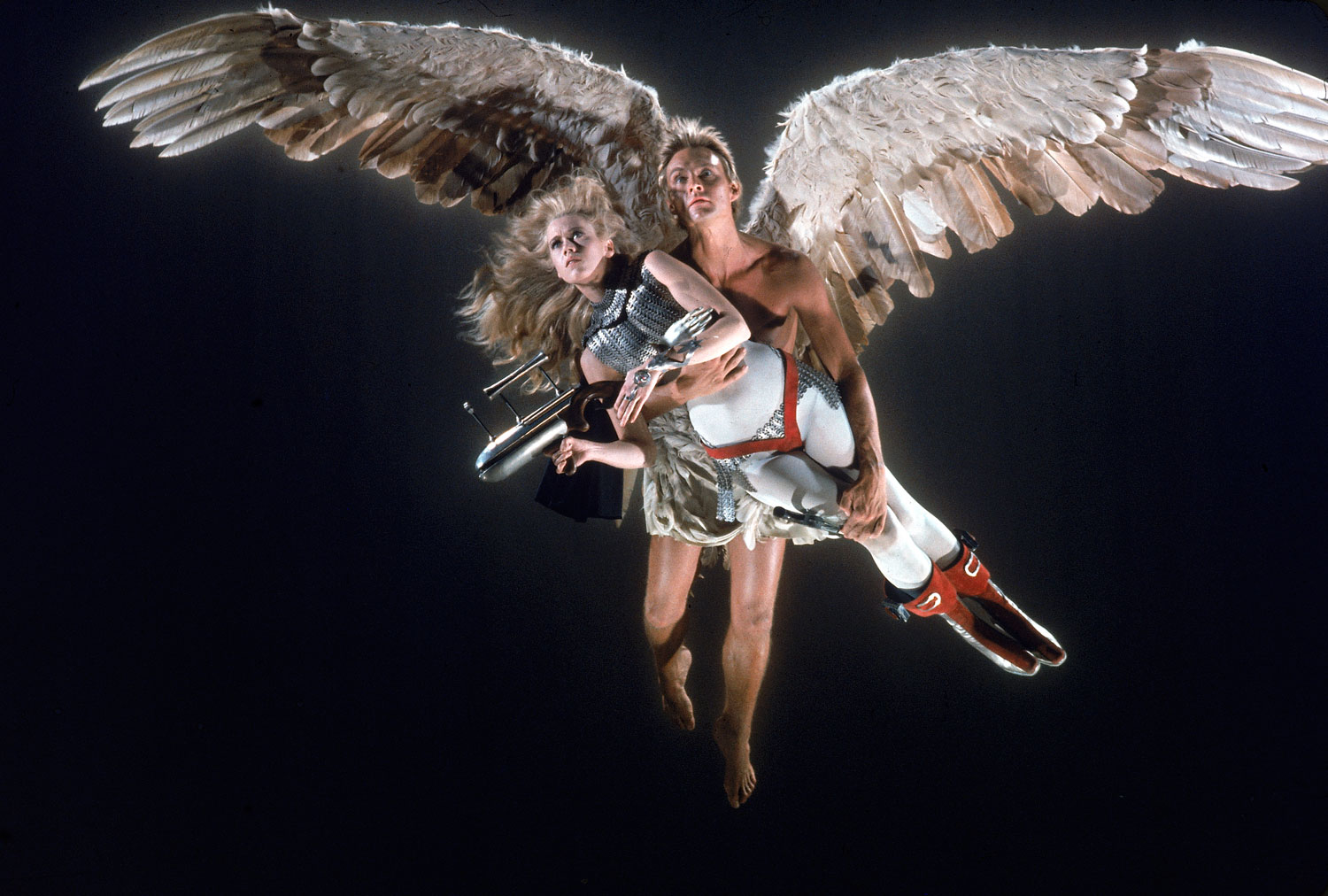


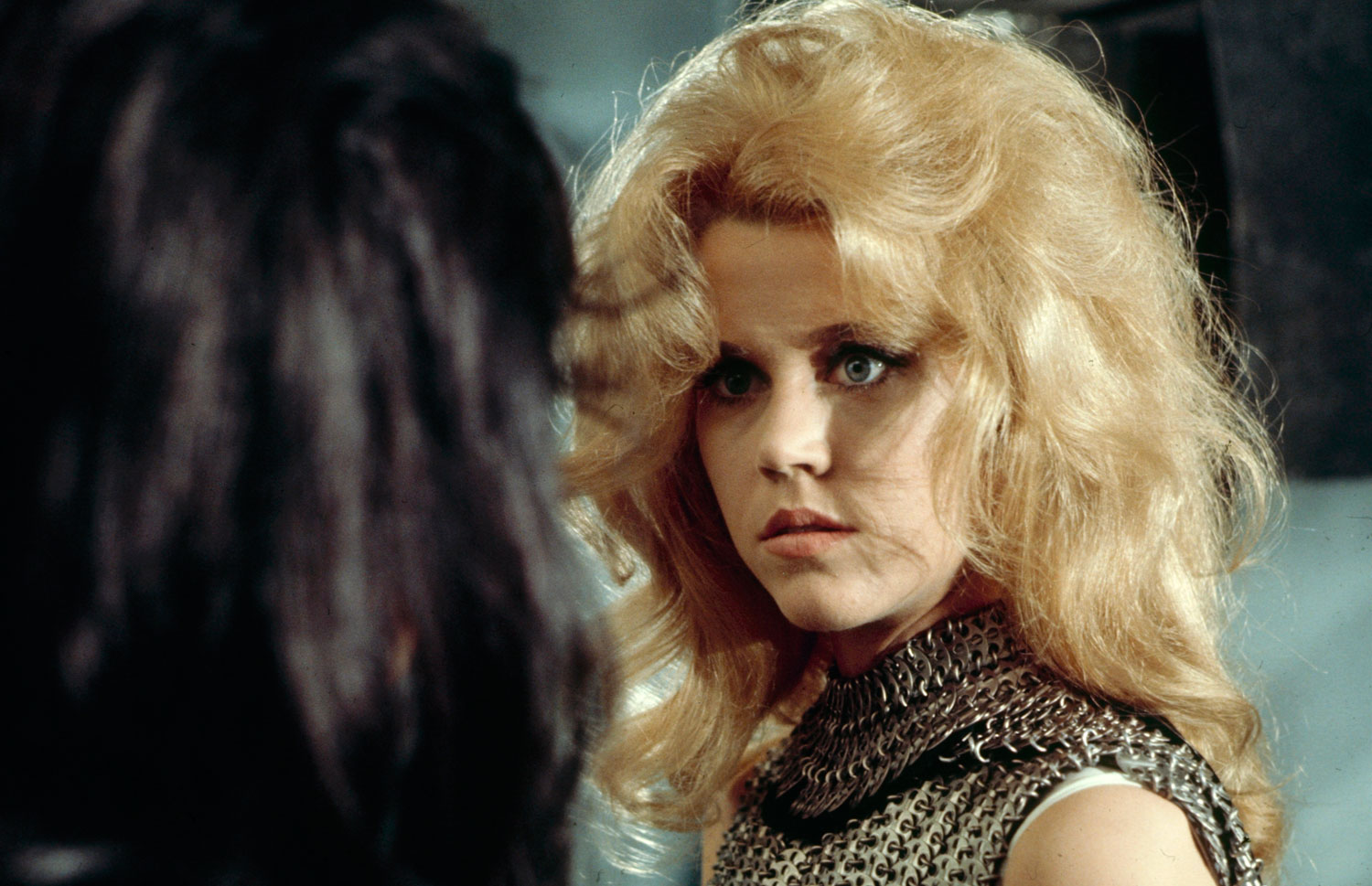
More Must-Reads from TIME
- Donald Trump Is TIME's 2024 Person of the Year
- Why We Chose Trump as Person of the Year
- Is Intermittent Fasting Good or Bad for You?
- The 100 Must-Read Books of 2024
- The 20 Best Christmas TV Episodes
- Column: If Optimism Feels Ridiculous Now, Try Hope
- The Future of Climate Action Is Trade Policy
- Merle Bombardieri Is Helping People Make the Baby Decision
Contact us at letters@time.com